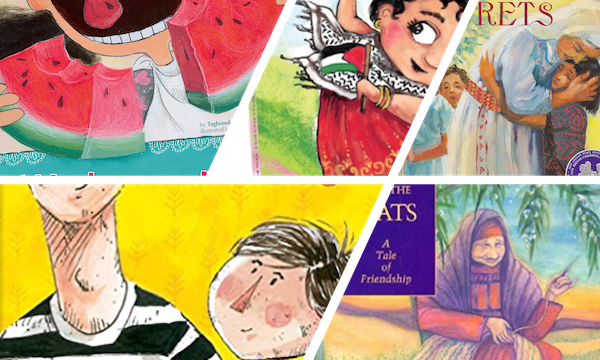”Education is a natural process carried out by the child and is not acquired by listening to words but by experiences in the environment.
Montessori
Here are my TOP TEN things . . . (well, technically only 9)
to help you teach your kids to write in Arabic!
For help with alphabet basics, be sure to check out my alphabet page that has printable pdf’s + youtube links to help you learn the ABC’s and be sure to sign up for my early learning newsletter – each month features 3 letters of the alphabet! And click on the images you are interested in to get links on how to use and where to purchase.
For Infants – Toddlers
At this age, it’s less about pushing the alphabet than it is about exposing and associating the letters with sounds. I highly recommend lots of singing of the alphabet and the vowel song, especially while playing with these toys.
#1 Arabic Alphabet Wooden Blocks:
These are great for as early at 9 months, just having around and handling them – and getting them used to seeing Arabic letters around. Smaller blocks can be used while child is sitting. You can just talk about the letters as your child sees them and make the sounds. No expectations this early for remembering or responding, at this point you are just building the scaffolding for the understanding that these letter shapes have sounds associated with them.
#2 Stackable Nesting Arabic Alphabet Blocks:
These stackable blocks are fun for 12 months + once your child is standing and balanced. They also have more images than the wooden blocks which make them great for saying the letters and finding the words on the block that start with that word.
#3 Arabic Alphabet Puzzle
With a puzzle you are moving towards the fine motor skills required for writing and also starting to work with your child associating the sounds and letters that you’ve been demonstrating. The puzzle is in order, so a great time to reinforce the alphabet songs. My favorite was to sing the part of the alphabet song up until the letter my child had in her hand and then she would sing what letter came next, giving her a sense of success.
18+
For Preschool
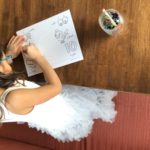 #4 Coloring Sheets
#4 Coloring Sheets
When your child is starting to color and is learning vocabulary at an immense speed, coloring sheets are a great way to introduce both the letters, the sounds and some new vocabulary words.
You can find the ArabishWay coloring sheets (with over 270+ vocabulary words in Arabic, transliterated and translated into English) on Arabic Playground.
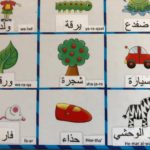 #5 Picture Bingo
#5 Picture Bingo
Whether it’s already in Arabic or if you have to create your own like I did, playing picture bingo is a great way to start associating letters in the words to the images. This is great, because again, the child isn’t necessarily reading but enjoying words/hearing Arabic and relating it to images plus just the basic skill of matching. Any opportunity to have fun and build feelings of success with the language is so important.
#6 Basic Writing Sheets
I don’t have a specific set to recommend (I will keep looking). Ideally, they would be large for this age, with arrows to help direct your child’s pencil, a few traceable practice spaces, as well as some space with dots only.
School Age
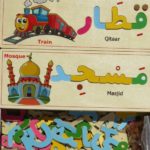 #7 Word Puzzles
#7 Word Puzzles
This is the next level up from individual letter puzzles. It helps kids see how the letters change when in the beginning middle and end positions.
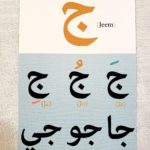 #8 Flash Cards
#8 Flash Cards
And flash cards are a fantastic tool for showing the letters in their various positions. These ones by Arabee even have the short and long vowel sounds for each letter along with a vocabulary word!
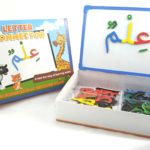 #9 Letter Connector
#9 Letter Connector
This magnetic letter connecting set is really well made and is a great way to have the kids demonstrate knowledge and visualize the connections maybe even before they are ready to start writing.
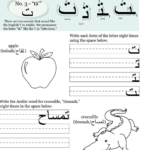 #10 Writing Worksheets
#10 Writing Worksheets
Now they are ready to write! Here is the final recommendation. Look for worksheets that show your child the direction your pencil should follow, have space for tracing as well as for your child to practice on his/her own.
That’s it!

Good luck on your writing adventures!

